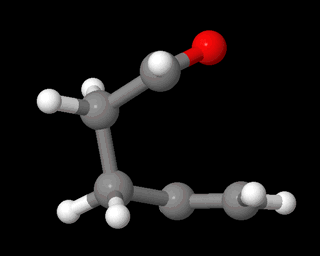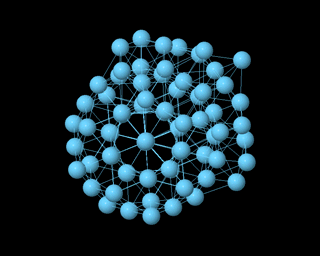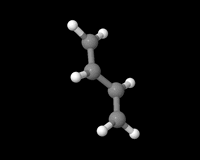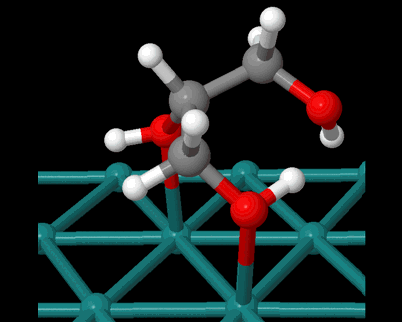



Methodology Development
Heterogenous Catalytic reactions
Electrocatalytic reactions
Photocatalytic reactions
Chemical rections we met mostly often are generally complex in nature. They may be divided into three broad categories:(a)Heterogeneous catalytic systems,those involving reactions at solid surfaces, interfaces;(b)Biological systems catalyzed by enzymes; and (c) Homogeneous reactions in solutions.
For the last three decades, great advances have been made in the field of first-principle computational simulation. This could be attributed to the exponential increase of computational power and, of equally importance, the significant improvement of theoretical methods. Despite the progress, it remains extremely challenging to study chemical reactions at surfaces, where molecular bond makings and breakings are ‘embedded’ in a complex chemical environment. To understand the mechanism of a chemical reaction, the activation energy and the reaction site are two key issues. They tell how efficient a reaction is and whereit would occur. Because of the great complexity of reactions and materials, neither of the questions can be easily answered.